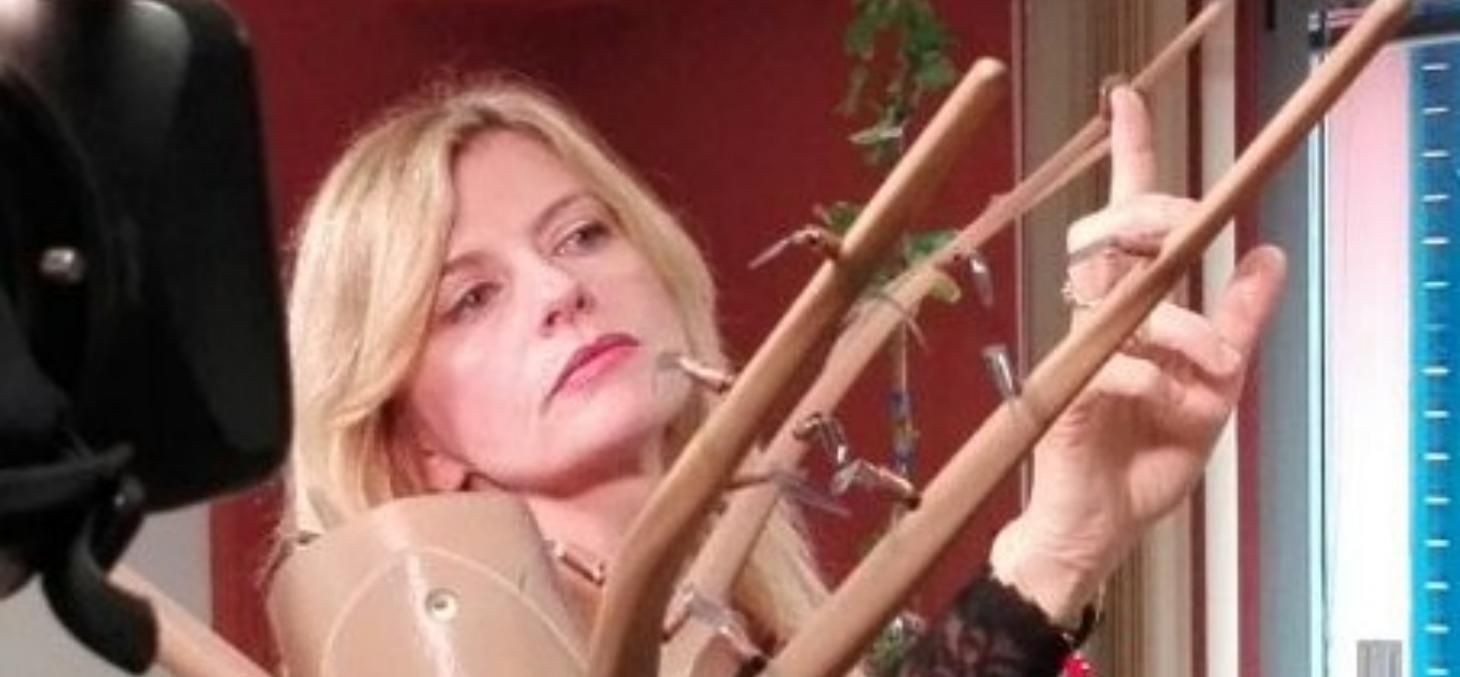- Share
- Share on Facebook
- Share on X
- Share on LinkedIn
Séminaire
On October 16, 2019

Towards a new generation of self-growing plant-inspired robots
Earthquake surface fault rupture can cause substantial structural damage and loss of life in near-fault regions. This hazard may be effectively modeled as a large-strain boundary-displacement problem governed by the fundamental granular nature of soil. Tremendous insights into the rupture mechanisms of granular soils are possible when soil is examined as a particulate medium with the characteristics of individual particles modeled numerically with the discrete element method (DEM). In this study, the interaction of a propagating fault rupture surface with a building foundation, called fault rupture-soil-foundation interaction (FR-SFI), is simulated in three dimensions using DEM with irregularly-shaped particles to capture the non-spherical nature of sand grains. High-performance computing simulations of free-field surface fault rupture and FR-SFI are validated against the results of geotechnical centrifuge experiments. Parametric analysis of the effects of soil density, modeled directly with particle assemblages having different void ratios, on FR-SFI is then performed with foundations of different contact pressures at different locations. Through quantitative analyses of inter-particle contact forces, particle rotations, particle displacements, and changes in void ratios, DEM provides insights on particle responses not possible with conventional continuum methods.
Date
14h00
Localisation
Bâtiment Galilée, salle 010


- Share
- Share on Facebook
- Share on X
- Share on LinkedIn